To talk about Madagascar is to talk about endemism. This large island off southeastern Africa split from the mainland more than 100 million years ago, and its plants and animals evolved in isolation—creating about 5% of the planet’s biodiversity, with roughly 70% of species found nowhere else. Today, the island hosts 50+ nature reserves and national parks and is a dream destination for seeing truly one-of-a-kind wildlife.
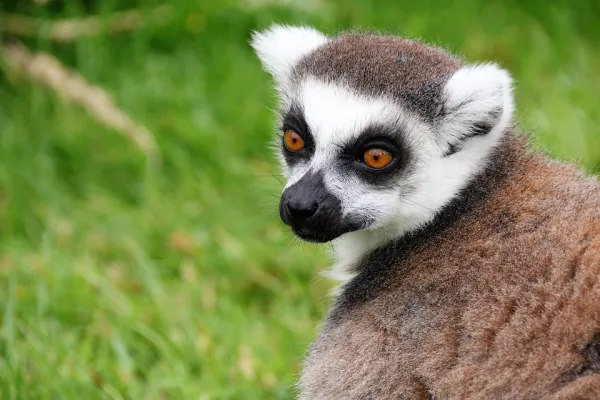
Endemic species are native to—and occur naturally only in—a defined geographic area. Madagascar’s long isolation, varied climates, and mosaic of habitats (rainforests, spiny dry forests, limestone “tsingy,” wetlands, mangroves, and coasts) have produced extraordinary levels of endemism.
100+ species/subspecies occupy nearly every major habitat on the island.
The name “lemur” comes from Roman mythic spirits—referencing their gleaming eyes, uncanny calls, and the nocturnal habits of many species.
Ecological roles range from tiny insectivores to loud, day-active canopy leapers.
Highlighted species below (all endemic to Madagascar):
Mouse lemurs (Microcebus spp.)
Aye-aye (Daubentonia madagascariensis)
Indri (Indri indri)
Verreaux’s sifaka (Propithecus verreauxi)
Bamboo lemurs (Hapalemur spp.)
Size: < 27 cm total length (tail included); ~30 g—among the smallest primates on Earth.
Activity: Strongly nocturnal; oversized eyes and keen hearing suit night foraging.
Diet: Insects, small vertebrates, fruit, and flowers.
Field ID: High-pitched, rapid squeaks and quick, agile climbing.
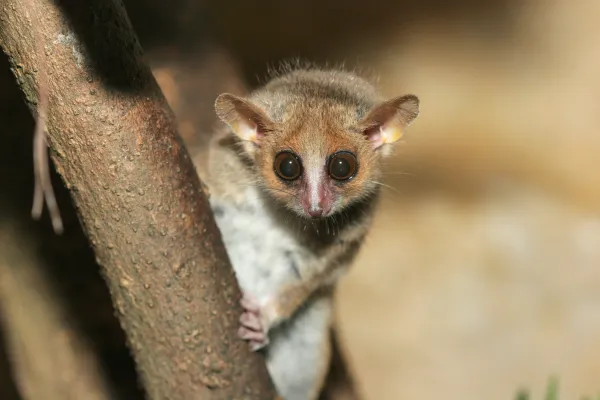
Oddball specialist: Independently swiveling ears; ever-growing incisors; an ultra-thin, flexible middle finger.
Feeding method: The classic tap–listen–extract routine—tapping wood to find hollows, listening for echoes, then using the elongated finger to hook out beetle larvae.
Lifestyle: Nocturnal and mostly solitary; the largest purely night-active primate.
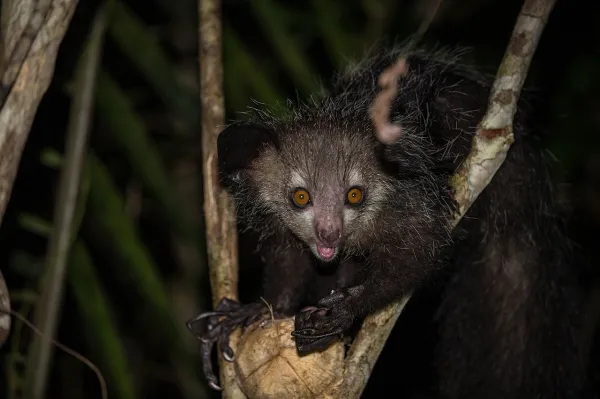
Largest living lemur: Body length 57–70 cm, 7–10 kg.
Build: Very short tail; long limbs/fingers with partial webbing for a stronger grip.
Coat: Dense, bold black-and-white pattern.
Behavior: Famous dawn choruses and powerful arboreal leaps between trunks.
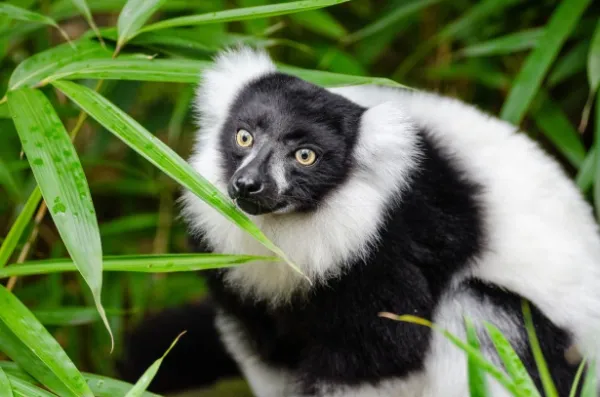
Signature move: The “dance”—an upright, side-stepping hop when crossing open ground with arms raised for balance.
Range & habitat: Western and southeastern dry forests and scrub.
Diet: Leaves, fruits, and flowers.
Plumage: Patches of white, black, and warm sandy/orange tones.
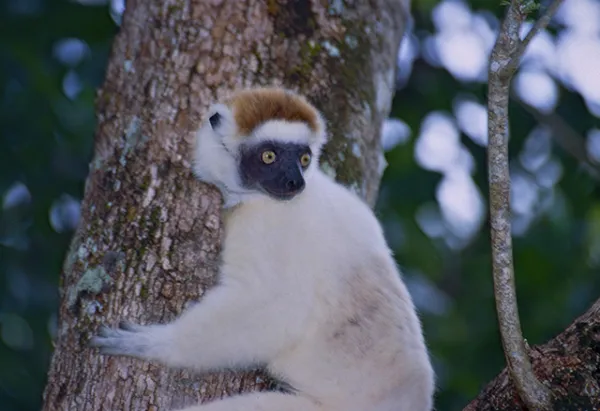
Specialization: Bamboo-heavy diets, with strong adaptations for processing tough, fibrous shoots.
Size: Body 26–46 cm; tail roughly as long; up to ~2.5 kg.
Color: Typically gray-brown with a rounded face.
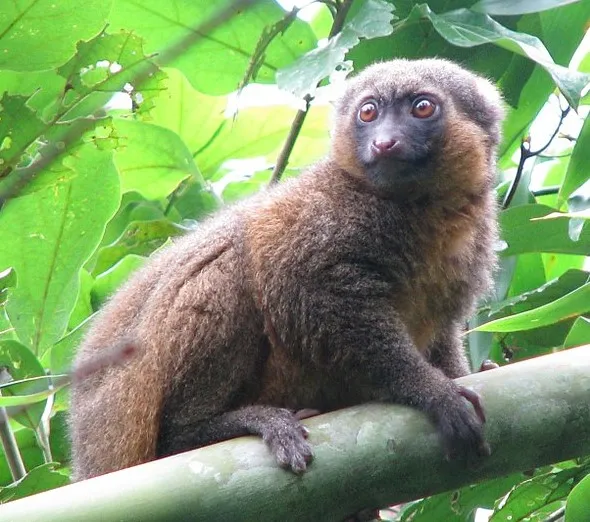
Madagascar’s largest native predator.
Look & skills: Reddish-brown short coat; semi-retractable claws; extremely agile in trees.
Activity & prey: Largely nocturnal; adept at hunting lemurs and birds (including mid-air snatches).
Social: Solitary and territorial.
Defining feature: Adhesive pads on fore- and hindfeet that let them cling to smooth leaves.
Significance: A uniquely Malagasy lineage showing remarkable island adaptation in bats.
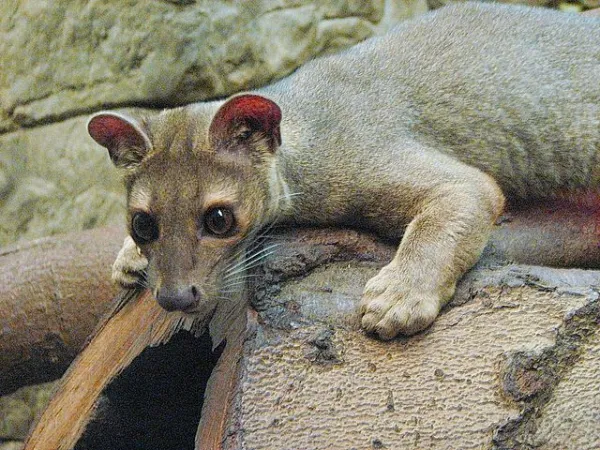
Iconic shell: Striking black carapace overlaid with golden “radiating” lines.
Habitat: Southern spiny thickets and arid scrub.
Camouflage master: A leaf-shaped, tattered-edge tail that mimics a rotting leaf.
Habitat: Moist tropical forests; strictly arboreal and nocturnal.
Among the longest chameleons (to ~68.5 cm).
Diet: Primarily insects; occasionally small birds or mammals.
ID: A dark neck band and a contrasting head spot—earning the nickname “three-eyed” in local lore.
Ecology: Diurnal baskers, often on rocks and trunks in dry habitats.
Length: Up to ~3 m; non-venomous constrictor.
Range: Central and northwestern Madagascar.
Diet: Small mammals and birds.
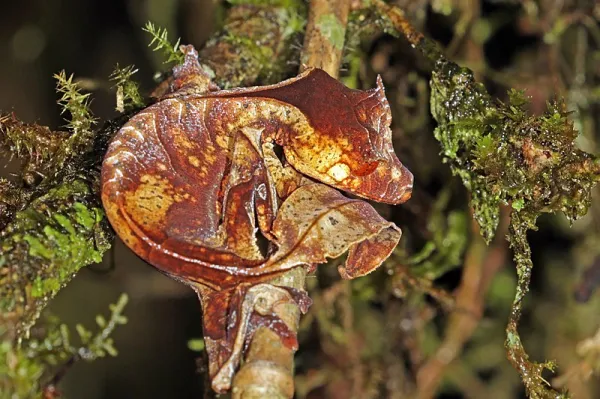
The island’s only true diving duck.
Size/appearance: ~46 cm; chiefly brown with white belly; gray bill and legs.
Status: Extremely rare and a major conservation priority.
Range: Northwestern and eastern rainforests.
Look: A vivid deep-blue body—unmistakable in good light.
Behavior: Forages on the forest floor and mid-story, alternating walking with short flights.

Bibliography
C. Urroz (2006). Elements of Animal Anatomy and Physiology. Editorial Universidad Estatal a Distancia, 2: 85-90.
C. Grigson (1991). An African Origin for African Cattle?. African Archaeological Review, 9: 119-144.
L. Harrison Matthews (1977). The Life of Mammals. Ediciones Destino. pp. 710-711
V. Hanak & V. Mazak (1990). Encyclopedia of Animals, Mammals of the World. Madrid, Spain: Susaeta. p. 208.
animal tags: madagascar animals
We created this article in conjunction with AI technology, then made sure it was fact-checked and edited by a Animals Top editor.